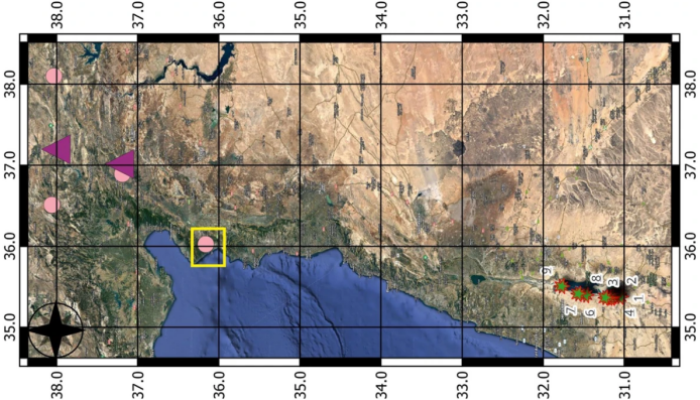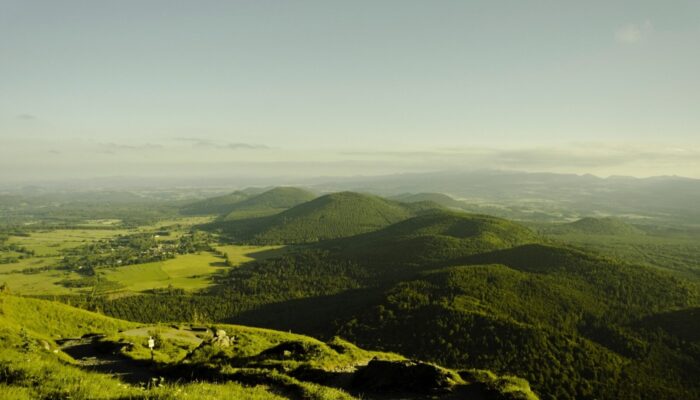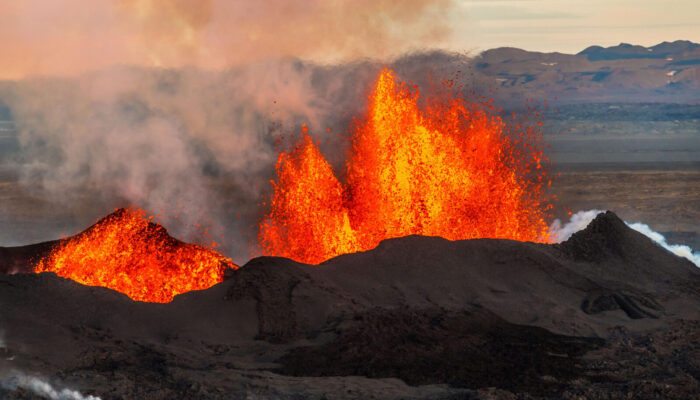In this week’s blog, Shreeja Das, a Post Doctoral researcher at the Sami Shamoon College of Engineering, Ashdod, Israel working with Dr. Vladimir Frid, discusses her research involving the use of FEMR waves and its use as a tool in predicting impending geohazards , some of her results obtained using said technique to study transform fault activity along the Dead Sea Transform fault. Earthqu ...[Read More]
FEMR: An emerging “game changer” in predicting earthquakes and impending geohazards.




